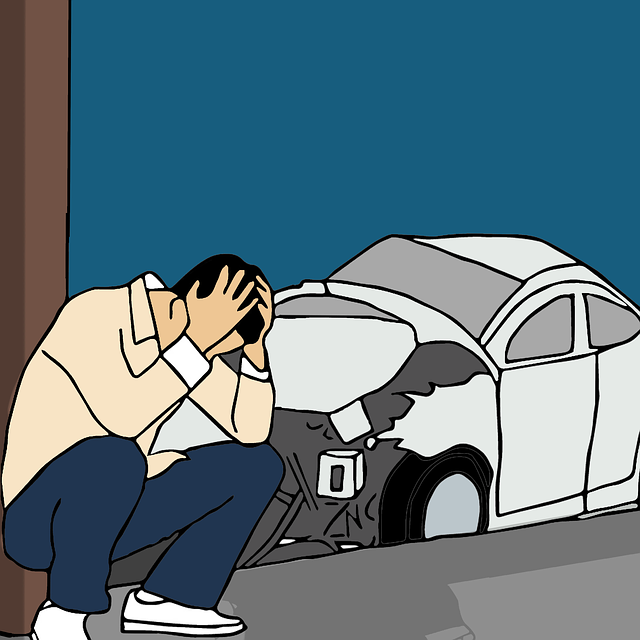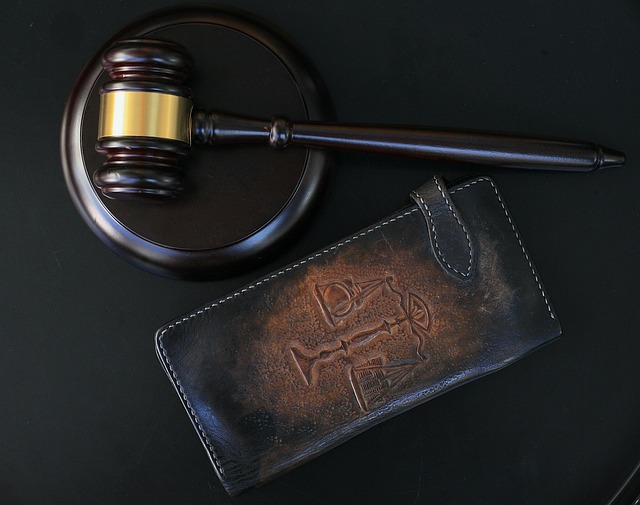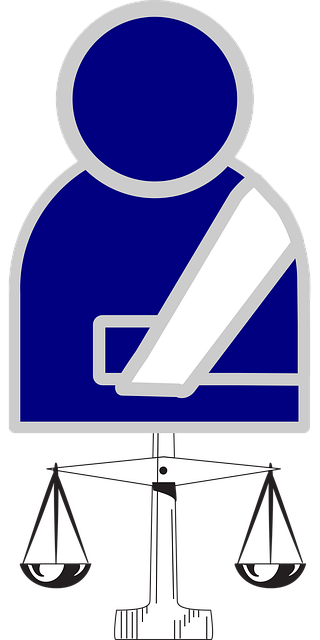In the aftermath of a bicycle accident, recognizing both immediate and potential long-term bicycle accident injuries is crucial. Physical symptoms range from cuts and fractures to internal damage, nerve trauma, and life-threatening conditions like chest pain or irregular heartbeat. Emotional and cognitive impacts may include shock, depression, PTSD, and concentration difficulties. Prompt medical intervention and professional support through therapy, counseling, and legal assistance are vital for managing current injuries, monitoring long-term issues like chronic pain and disability, and ensuring the best possible recovery.
“Are you feeling anything out of the ordinary after a bicycle accident? It’s crucial to recognize that what seems minor at first could be warning signs of serious injuries. This article guides you through the critical steps of identifying physical symptoms, understanding emotional shifts, and recognizing long-term effects like chronic pain. If you or someone post-accident exhibits these signs, immediate medical attention is vital. Don’t underestimate the potential impact of bicycle accident injuries – knowledge is power in ensuring prompt and comprehensive care.”
- Recognizing Physical Symptoms: When to Seek Medical Attention Immediately
- Understanding Emotional and Cognitive Changes After a Bicycle Accident
- Identifying Long-term Effects: Chronic Pain and Potential Complications
Recognizing Physical Symptoms: When to Seek Medical Attention Immediately

In the aftermath of a bicycle accident, recognizing the severity of your injuries is crucial. Physical symptoms can range from immediate and apparent, like deep cuts or fractured bones, to more subtle signs that might indicate internal damage or nerve trauma. If you experience severe pain, especially in your head, neck, back, or extremities, it’s a clear signal that immediate medical attention is required. Nausea, vomiting, dizziness, and loss of consciousness are also warning signs that something serious may have occurred. These symptoms could suggest internal bleeding or other life-threatening conditions that demand prompt professional evaluation.
Additionally, look out for persistent numbness or tingling in any part of your body, as it might indicate nerve compression or damage. Difficulty breathing, chest pain, or a rapid and irregular heartbeat are serious red flags that should never be ignored. Remember, even seemingly minor bicycle accident injuries can have significant implications if left untreated. Ensuring swift medical intervention is not just about treating visible wounds; it’s also about preventing potential long-term complications and ensuring the best possible recovery.
Understanding Emotional and Cognitive Changes After a Bicycle Accident

A bicycle accident can cause more than just physical injuries; it often leads to significant emotional and cognitive changes. Immediately after such an incident, individuals might experience a range of feelings, from shock and anger to fear and anxiety. These initial responses are normal, but they can evolve into longer-lasting effects if not properly addressed. Many victims may find themselves grappling with depression, post-traumatic stress disorder (PTSD), or difficulty concentrating—all of which are potential consequences of bicycle accident injuries.
Cognitive changes after a bike accident can manifest in various ways. Simple tasks that were once routine might become challenging, and decision-making processes could be hindered. Some individuals may even struggle with memory retention or have trouble expressing themselves clearly. Recognizing these signs is crucial, as they may indicate the need for professional support, whether through therapy, counseling, or legal assistance from an auto accident lawyer. Understanding these emotional and cognitive shifts is a vital step in navigating potential elder law issues that could arise from bicycle accident injuries, especially when considering accident settlements.
Identifying Long-term Effects: Chronic Pain and Potential Complications

After a bicycle accident, it’s common for people to focus on immediate medical needs and physical therapy. However, identifying potential long-term effects, such as chronic pain, is crucial. Many bicycle accident injuries can lead to persistent discomfort or even disability if not properly managed. This could manifest as ongoing back or neck pain, joint issues, or nerve damage.
It’s also important to be aware that bicycle accident injuries may result in complications, especially if left untreated. These can include reduced mobility, muscle atrophy, and even psychological impacts like depression or anxiety related to the trauma. If you’ve experienced a serious bicycle accident, consulting with a healthcare professional is vital. They can help manage current pain and monitor for potential long-term issues, guiding you towards recovery options and, if necessary, connecting you with specialists who deal with auto accident injuries or truck accident injuries, including a car accident lawyer to ensure your rights are protected.
In the aftermath of a bicycle accident, recognizing the warning signs of serious injuries is paramount. Beyond physical pain and immediate shock, symptoms like severe headaches, persistent dizziness, or limited mobility should never be ignored. Emotional and cognitive changes, such as heightened stress levels or confusion, also warrant prompt attention. Understanding the potential for long-term effects, including chronic pain and complications, encourages proactive care seeking. Remember, timely medical intervention is crucial in managing bicycle accident injuries effectively.





